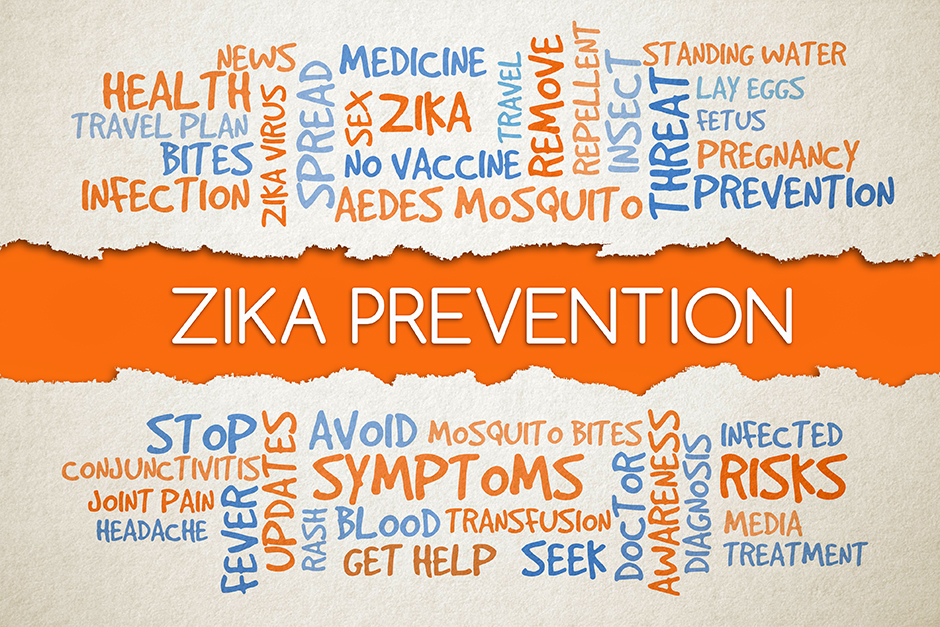In a summer outbreak that posed significant risks to pregnant women and their fetuses, 29 people in Miami-Dade County were infected with the Zika virus between late June and early August of 2016, according to the Centers for Disease Control and Prevention.
To understand people’s perceptions, behaviors, and knowledge about the outbreak, and whether county media campaigns had an effect in helping educate the public about the virus, a research team led by University of Miami Assistant Professor of Geography and Regional Studies Imelda Moise surveyed 149 women and 113 men in approximately 262 county households.
According to their findings, women with a bachelor’s degree and men who knew someone at high risk for the virus were more likely to have knowledge or concerns about it.
Using the Health Belief Model, the survey included such straightforward questions as: Have you ever heard of the Zika virus? Approximately how many cases of Zika are in Miami-Dade? If a pregnant woman has Zika, what are the risks for her fetus/baby?How confident are you that you can protect yourself and your household members from getting Zika virus?
“Men did care about Zika prevention, especially if they knew a female family member or acquaintance who was pregnant,” said Moise, who added that messages that cater to the different needs, attitudes, knowledge, and perceptions of the target audience are most effective. “Targeted prevention and treatment interventions by gender, as well as education level, should definitely be considered by local governments, especially if there is another outbreak.”
The study also found that a higher percentage of women (53.7 percent) than men (42.5 percent) viewed Zika as a severe disease and more women than men were afraid of contracting the virus. In addition, the survey indicated that more women than men felt confident they could protect the people in their households from contracting Zika by taking protective measures, such as checking for and draining standing water, and using repellents and window/door screens.
When it came to mosquito control efforts, Moise said, there was a tendency to think that one size fits all. “For example,” she said, “there’s a perception that the risk is the same everywhere, particularly when mosquito control officials release aerial insecticide over large areas. The risk varies by neighborhood and even the characteristics of the people who live in those neighborhoods are factors. Our study implies that there must be more accurate evidence regarding the connection between individual and neighborhood level socio-demographics and practices executed by local governments to prevent another Zika outbreak.”
The study, “Perceptions of Zika Virus Risk during 2016 outbreak, Miami-Dade County, Florida” is published in the journal Emerging Infectious Diseases. Moise’s collaborators in the study are Ira Sheskin, Douglas Fuller, and Tricia Caroline S. G. Hutchings from the University of Miami, and Joseph Kangmennaang from the University of Waterloo in Ontario, Canada.
June 27, 2018

